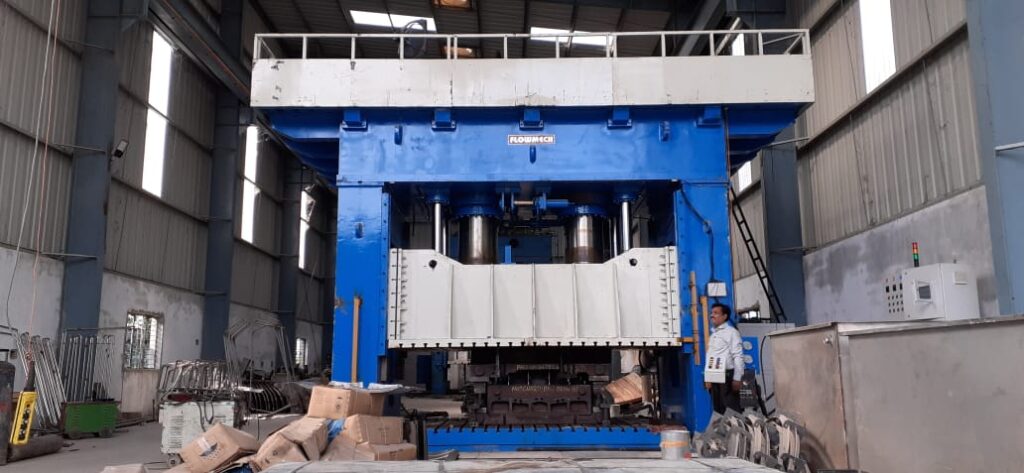In today’s competitive manufacturing landscape, one-size-fits-all machines are no longer sufficient. Every industry — from automotive and aerospace to rubber, plastic, and metal forming — has unique production needs. A tailor-made hydraulic press ensures that these specific requirements are met, delivering higher efficiency, precision, and cost-effectiveness compared to standard presses.
Why Customization Matters in Hydraulic Presses
1. Industry-Specific Requirements
- Different industries require different press configurations:
- Automotive: deep drawing and forming of sheet metal.
- Rubber & Plastics: compression moulding with precise temperature control.
- Automobile: lightweight yet high-strength component forming.
- Automotive: deep drawing and forming of sheet metal.
- A custom-built press matches material type, product design, and production volume.
2. Optimized Capacity & Size
- Not all applications need the same tonnage or bed size.
- Custom presses are designed with the right capacity, stroke length, and platen dimensions to handle specific workloads.
- This ensures space efficiency on the shop floor and better utilization of resources.
3. Enhanced Process Control
- Tailor-made presses integrate PLC (Programmable Logic Controller) / CNC (Computer Numerical Control) controls, sensors, and automation to match exact process requirements.
- Programmable settings for pressure, speed, dwell time, and heating cycles improve product consistency.
- Advanced data monitoring supports Industry 4.0 and smart manufacturing.
4. Improved Productivity & Efficiency
- Customization allows integration of features like quick die change systems, automatic ejectors, and robotic handling.
- Reduces cycle time, operator effort, and downtime.
- Directly translates into higher output and lower production costs.
5. Safety & Reliability
- Customized safety features such as light curtains, two-hand controls, and overload protection enhance operator safety.
- Machine reliability increases since it is built for specific stress conditions and workload demands.


